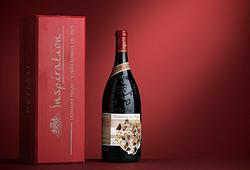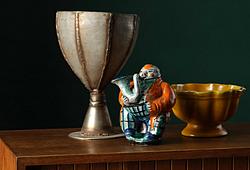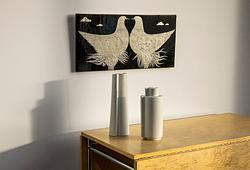Jan van Gool
JAN VAN GOOL. DE NIEUWE SCHOUBURG DER NEDERLANTSCHE KUNSTSCHILDERS EN SCHILDERESSEN:
DE NIEUWE SCHOUBURG DER NEDERLANTSCHE KUNSTSCHILDERS EN SCHILDERESSEN: WAER IN DE LEVENS- EN KUNSTBEDRYVEN DER TANS LEVE
's-Gravenhage, Gedrukt voor den autheur, 1750 - 1751.
8vo. [16], 480; [8], 576 pp. + engraved allegorical title + engraved portrait of the author + 22 engraved portrait plates (of which one folding), by P. Tanjé and others, after drawings by A. Schouman. Two engraved vignettes in the text. Titles printed in red and black.
Two volumes, contemporary full calf gilt.
First edition.
"The two-volume Nieuwe Schouburg, his only important publication, appeared in 1750-1751. The biographies are interrupted with verses written by himself and others, and illustrated with engraved portraits of various painters. The book gives factual information on the lives, education, and the works of Netherlandish painters born between 1630 and 1725. It also includes the history of the Academy of The Hague. Van Gool was concerned with the level of training of young artists. Like Houbraken, he regretted the decline of contemporary Dutch art. By immortalizing successful painters, particularly those of the seventeenth century, he wanted to encourage young artists to emulate them and, in doing so, to restore the glory of Dutch art. In a moralizing way, he saw the success of an artist as directly linked to his training and life style. His observations as an art critic, however, were forthright and independent. He regularly visited auction sales and art collections and acted as intermediary in the art market. At the same time, however, he complained that many art dealers specializing in high prized old art instead of contemporary art were unreliable. In his eyes the art market did not offer young artists sufficient opportunities to earn their livelihood and to build up a career. This was the main reason for what he saw as the decline of the art of his time. His criticism caused a conflict, expressed in a number of bitter pamphlets, between himself and art dealer Gerard Hoet, jr. (d. 1760)"(www.dictionaryofarthistorians.org).
Smärre slitage.

























